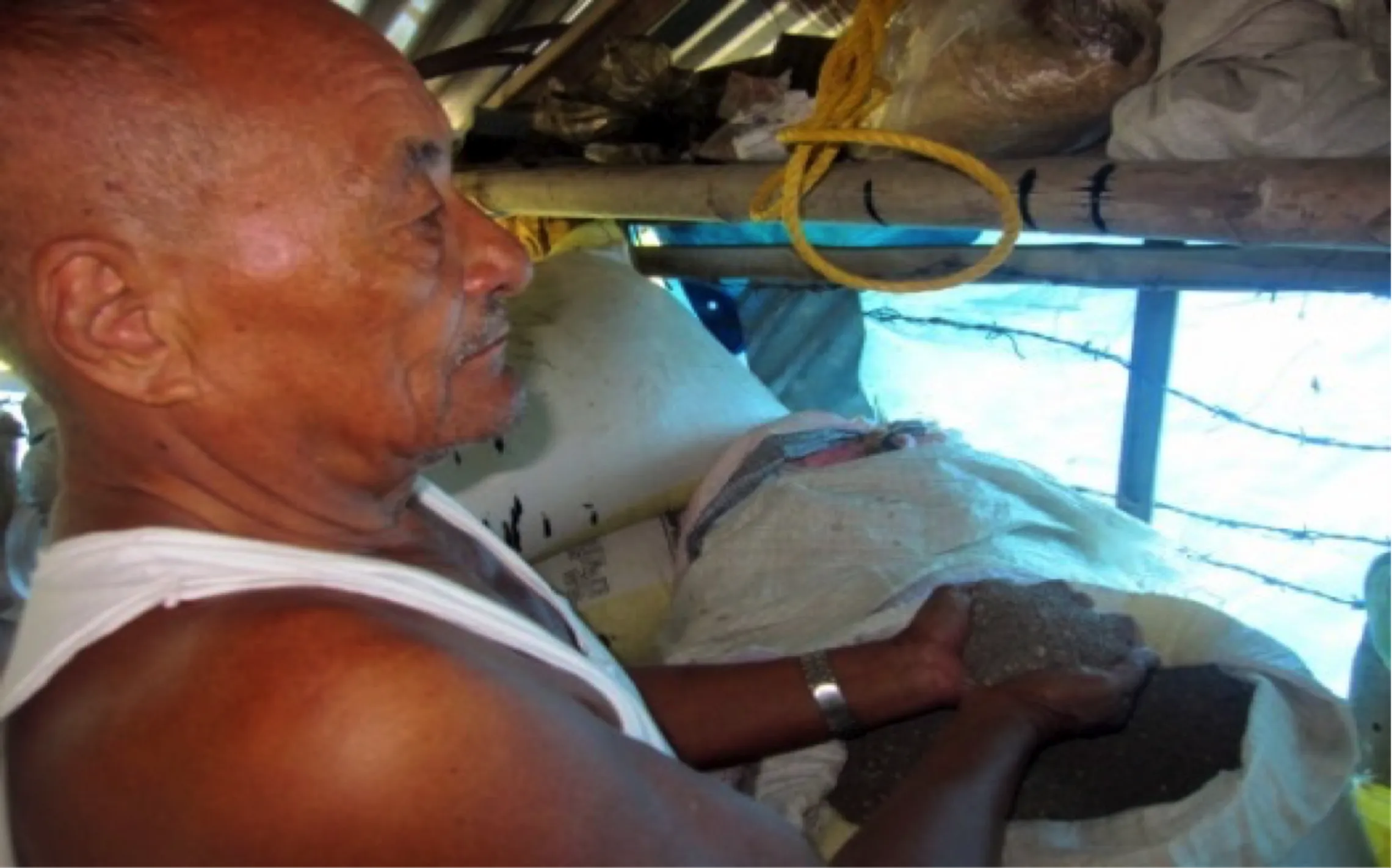SNV brings hope to fallow lands in Bhutan

Seventy-two-year-old Lal Bahadur Subba is like any other farmer of his village in Chuzagang. Initially, he grew no more than two crops per year much the same way his father and grandfather did.
This year, however, he did something different - with support from SNV. Lal Bahadur planted lentils together with maize during the spring fallow period and harvested it right before the rice planting season. He also used lentil straw as an effective mulch to reduce losses from drought in his chilli fields.
This first attempt to intercrop with maize and lentils yielded 70 kg of lentils from 3 kg of seeds with no additional input cosst. Lal Bahadur earned an additional USD $125 equivalent by participating in SNV’s climate smart agriculture activities on his land.
Lal Bahadur’s success story is part of a pilot initiated by SNV Bhutan in farmers' fields in Sarpang district to encourage triple cropping and to generate income. On-farm trials demonstrate that lentils and spring maize can be profitable, with returns exceeding USD $1,200/ha.
Similarly, SNV has successfully trialled conservation agriculture practices in upland water-deficit areas to bring fallow land under cultivation. In partnership with researchers at the Research & Development Centres, Bhur in Sarpang and Yusipang in Thimphu and local extension officers, SNV has successfully promoted new upland rice varieties on more than 40 acres of previously unproductive, fallowed land. This has stimulated local initiatives to replicate similar approaches with an expectation of expanding to include another 3,000 acres in 2015.
These activities are just some of the initiatives being introduced by SNV Bhutan under the CSA Asia project which also works inCambodia, Laos PDR and Nepal.
SNV’s CSA activities in Bhutan had begun in 2013 through gender-sensitive climate change vulnerability assessments and capacity building on CSA in the districts of Sarpang, Thimphu and Tsirang. Shortly after the assessments, the CSA team has worked closely alongside local representatives and members of the Department of Agriculture to design activities targeted at addressing critical water shortages and improving water use efficiency in key commodities such as rice, and horticultural industries.
SNV is now turning its attention to demonstrating its success in six districts in western and southern parts of Bhutan. Harnessing the support of key local networks, SNV is introducing CSA activities for rice and horticulture in an effort to generate ‘win-win-wins’: increasing incomes; building resilience to climate change and delivering food and nutrition security.
"In the lower altitudes of Bhutan, farmers grow lentils as a climate smart crop together with maize during the spring fallow period after rice harvesting and before winter crop plantation. The income generated from this triple cropping system is purely profit for the subsistence farmers in Bhutan, " said Claire Finas, Country Director, SNV Nepal/Bhutan
